Using Parameter Math
It is often useful to define a ratio when examining kinetics data. This can be a ratio of two different dyes, or the ratio of the same dye in two different emission wavelengths. The parameter math feature of FCS Express allows the user to define mathematical operations from simple ratios to complex formulas for use in your analysis. FCS Express will also calculate and display the actual ratio values rather than an arbitrarily scaled multiplied integer as some other software packages do.
In this section you will learn how to create parameter math formulas for use in Kinetics Plots.
Although any kinetics data files of your own can be used to follow along in this tutorial, you have the option of using the same sample data files used in this tutorial. The sample data files are located in the Tutorial Sample Data archive. The KineticsTutorial.fey, kinetics10.010, and kinetics25.025 data files have been embedded and will be used here.
| 1. | Select File tab→Open Layout. |
| 2. | Select the KineticsTutorial.fey layout file located in the FCS Express Sample Data directory from the Load Layout dialog. |
| 3. | Choose Data→Calculate→Parameter Math→Edit Sequence (Figure T21.1). |
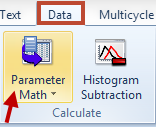
Figure T21.1 Selecting the Parameter Math Sequence Setup Command
| 4. | Choose New in the Parameter Math Sequence dialog (Figure T21.2) to define a new formula. |
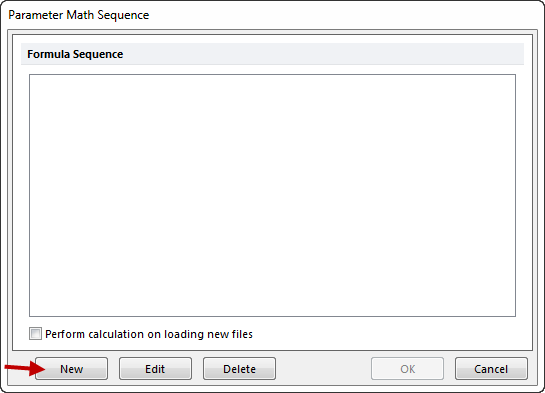
Figure T21.2 Choosing to Define a New Parameter Math Formula
The following instructions refer to Figure T21.3.
| 5. | Enter Ca++ Ratio in the Output Parameter Name box |
| 6. | Change the First Input Parameter to FL1-H |
| 7. | Change the mathematics operator to "/" for division |
| 8. | Change the Second Input Parameter to FL3-H |
| 9. | Click OK |

Figure T21.3 Defining a Parameter Math Sequence Item Formula
The Parameter Math Sequence dialog will now display the formula sequence we defined (Figure T21.4).
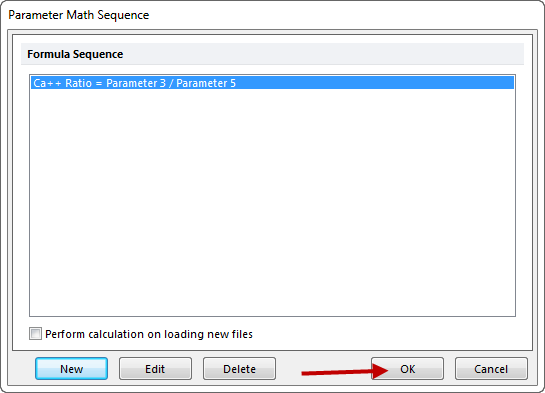
Figure T21.4 Parameter Math Sequence Dialog with Formula Displayed
| 9. | Click OK. |
| 10. | Choose the Data→Calculate→Parameter Math→Run Sequence→On All Files command to apply the parameter math formula (Figure T21.5). |
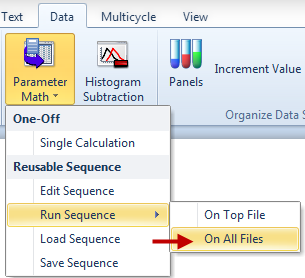
Figure T21.5 Applying the Parameter Math Formula to All Files
| 11. | Hit Ctrl+A to select all plots. |
| 12. | Choose the Format→Plot Options→Overlays command. |
| 13. | Change the Y-Parameter to Ca++ Ratio (i.e., the formula defined by the parameter math) from the drop-down list (Figure T21.6). |
| 14. | Click OK. |
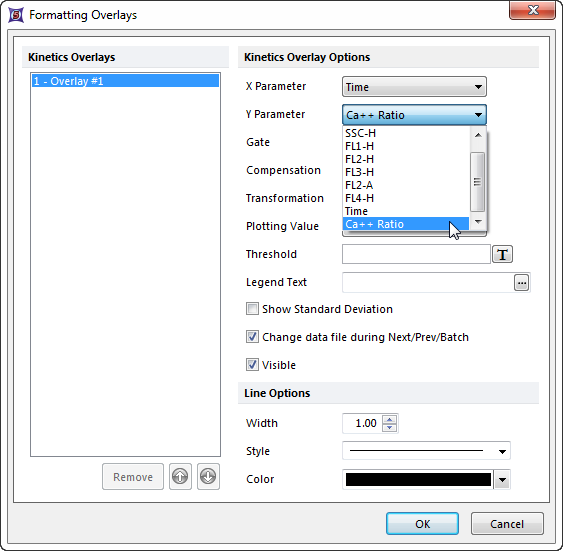
Figure T21.6 Changing the Y Axis to the Ratio Defined by the Parameter Math
The plots on the layout should now look like Figure 22.7. Since the first parameter of the parameter math calculation was a logarithmic parameter, FCS Express assumed the newly created parameter should be a log parameter as well. This is typically the case, but in this situation it is not correct. Since the plots display the real ratio value, we will have to adjust the axis settings to display the data on a linear scale.
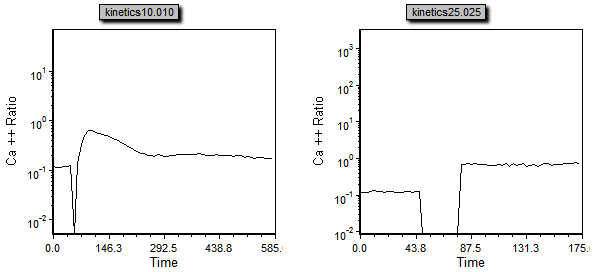
Figure T21.7 Ca++ Ratio vs Time
| 15. | Hit Ctrl+A to select all plots. |
| 16. | Choose the Format→Plot Options→Axes command. |
Refer to Figure T21.8 for the following steps.
| 17. | Under the Select Axis section, select Y-Axis |
| 18. | Under the Scale section, un-check Automatic |
| 19. | Change the Scale to Linear |
| 20. | Under the Range section, un-check Automatic |
| 21. | For Minimum, enter 0 |
| 22. | For Maximum, enter 1 |
| 23. | Click OK |
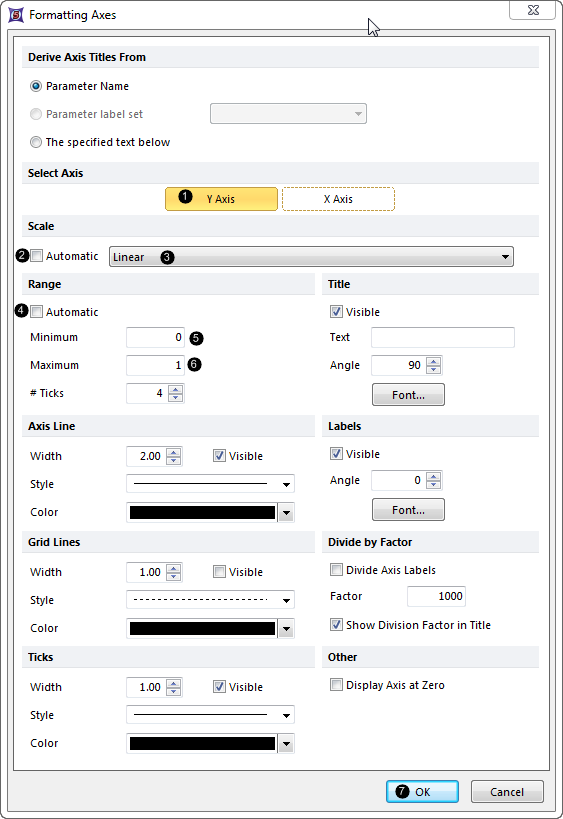
Figure T21.8 Formatting Axes Dialog
The plots in the layout should now look like Figure T21.9.
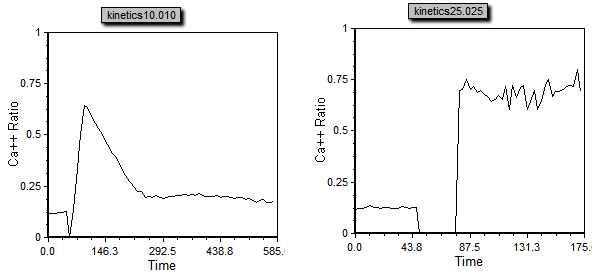
Figure T21.9 Plots Scaled Correctly to Display the Ca++ Ratio
In the next section, we will apply gating and statistics to kinetics plots.
